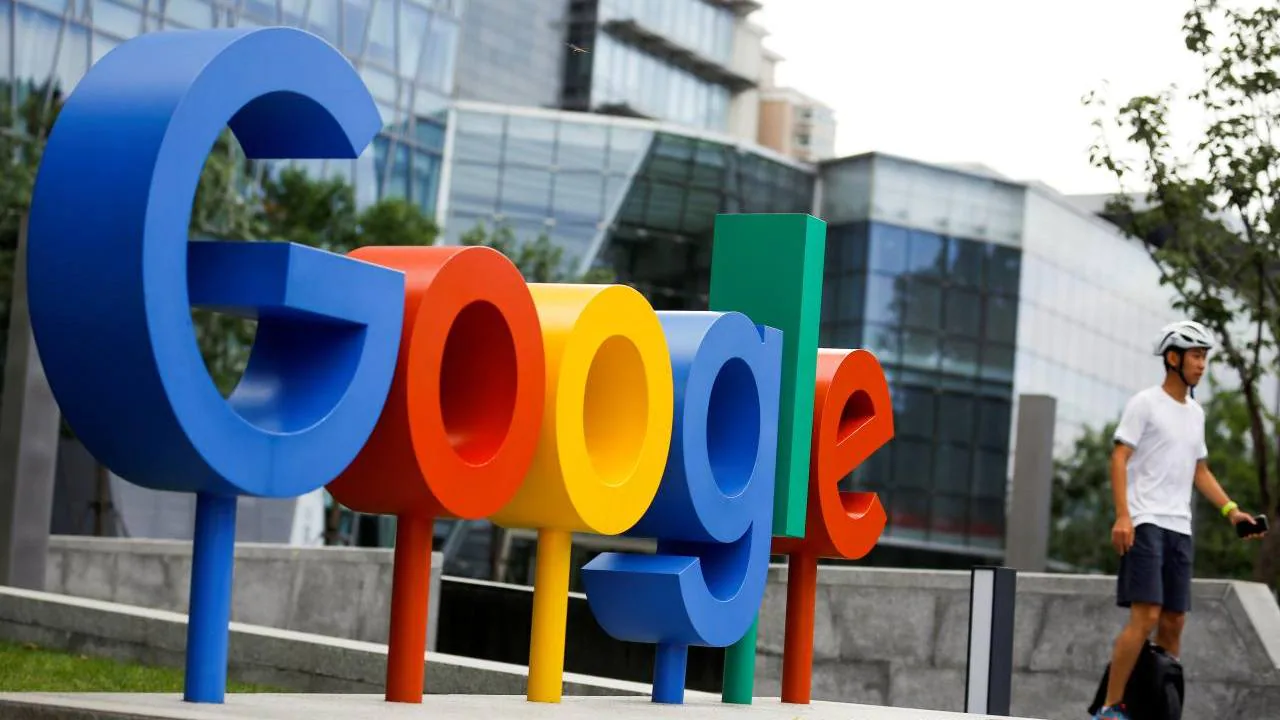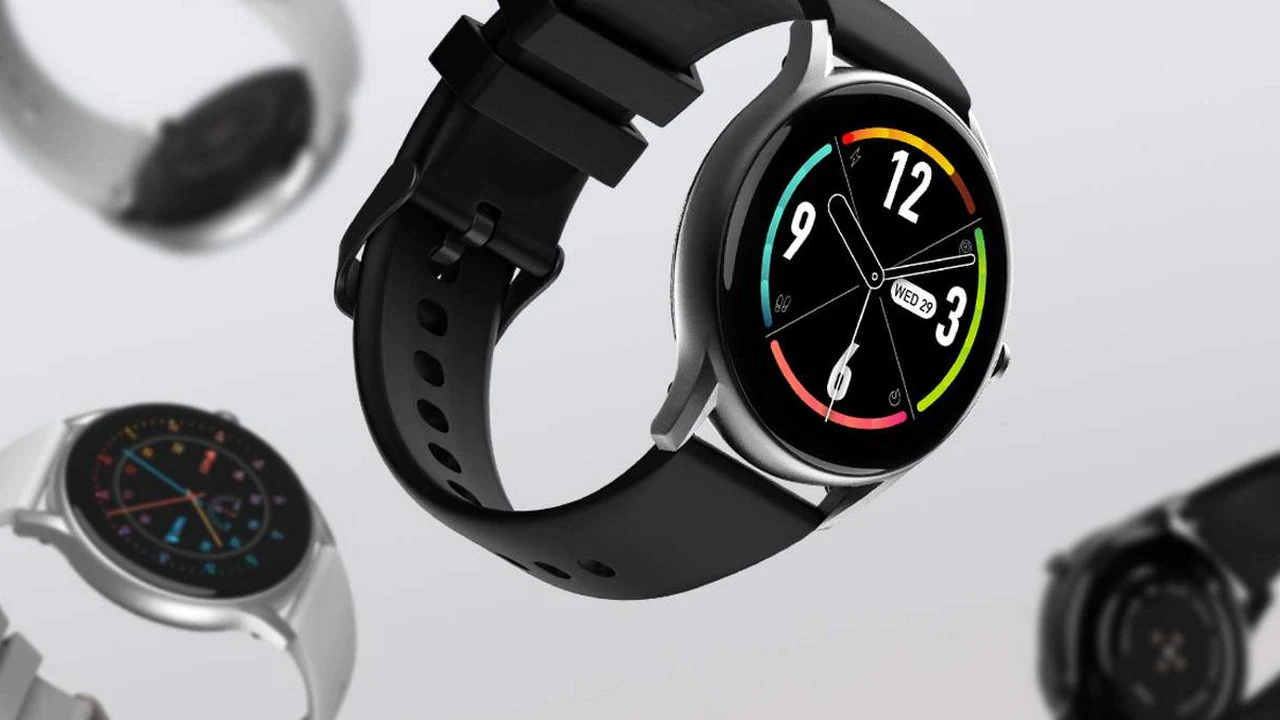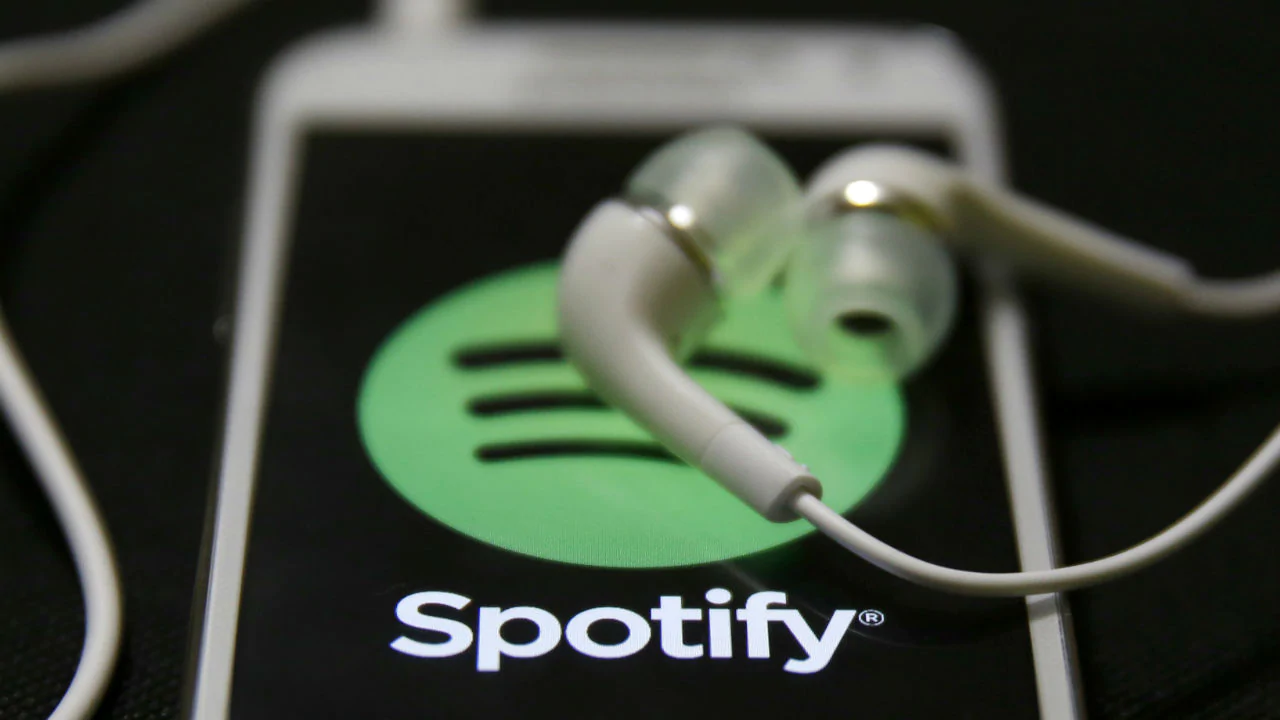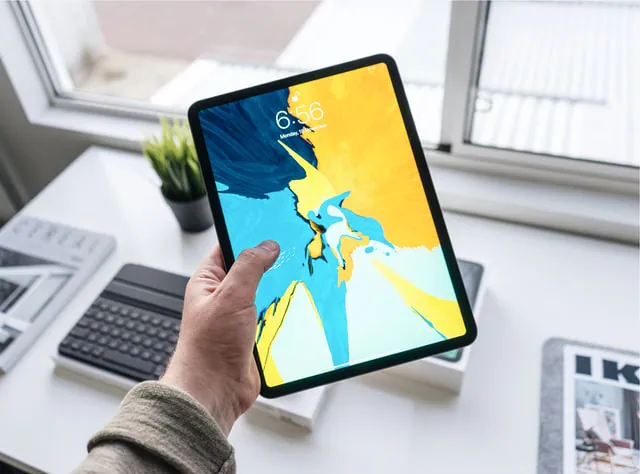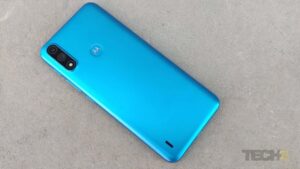Mehul Reuben DasNov 24, 2022 13:53:19 IST
One of the biggest worries that Elon Musk had when he took over Twitter was that advertisers and brands would leave the platform and stop spending on ads. It turns out, Musk’s fears were well-founded. A recent report from The Washington Post suggests that over a third of Twitter’s top 100 ad clients have not advertised on the platform over the last two weeks.
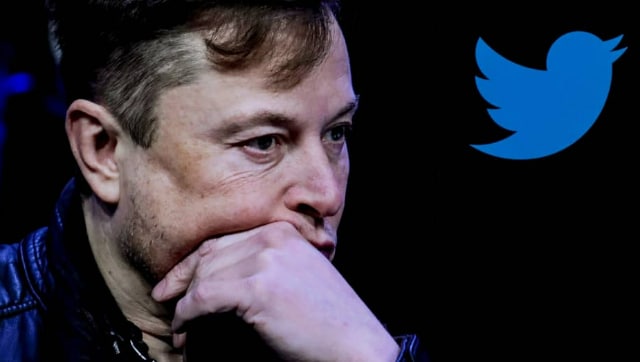
Many of Twitter’s top advertisers, including 14 of the top 50 brands, have stopped their ad spends since Musk’s acquisition. Last year, nearly 90 per cent of the company’s $5 billion revenue came from advertising, which makes this situation alarming for Musk and his team. Image Credit: AFP
Many of Twitter’s top advertisers, including 14 of the top 50 advertisers, have stopped their ad spends in the few weeks since Musk’s acquisition. Ads for brands including Jeep and Mars chocolates, whose corporate parents were among the top 100 US advertisers on the platform in the six months before Musk’s purchase, haven’t since November 7, just weeks after Musk assumed ownership of the platform on October 27.
Pharmaceutical company Merck, cereal maker Kellogg, Verizon and Samuel Adams brewer Boston Beer also have stopped their advertising in recent weeks, the report said.
Twitter is still heavily reliant on advertising. Last year, nearly 90 per cent of the company’s $5 billion in revenue came from advertising, while the rest was derived from data licensing and other services.
One of the biggest reasons why advertisers have pulled out of Twitter has to do with the attrition of employees at Twitter. More than the number of people who have been terminated or who have resigned, it is the departure of certain key personnel which has scared advertisers and brands. Although Twitter has many policies in place to counter hate speech, advertisers feared that the departure of many key enforces and content moderators would mean that such policies would mean nothing.
There is also the fact that the usage of racial slurs went up exponentially after Musk took control of Twitter. The fact that Musk and his team have been able to curtail it and bring hate speech down on Twitter to an all-time low, should give advertisers some confidence.
Then there was the surge in impersonation or fake verified accounts which took place because of Musk’s idea of paid verification or buying a verified badge for $8. The plan backfired so badly, that Musk had to suspend it just days after rolling it out. Musk has since gone on to say that they will not be relaunching the paid verification or Twitter Blue for $8 programme until they have a way of dealing with the impersonation of organisations and key individuals.
Apart from Twitter’s internal turmoil that stemmed from the terminations and resignation of a people, and the paid verification, there is also the fact that the world is on the brink of a recession. Even before Musk took over, marketers were pulling back on their digital advertising as worries about the economy proliferated.



